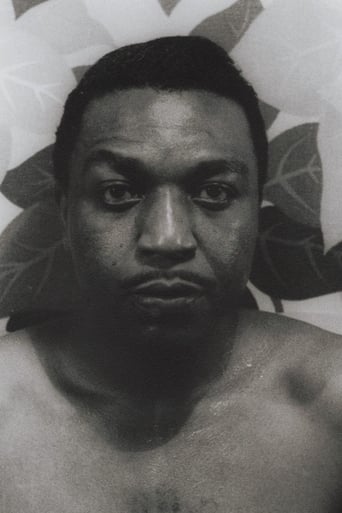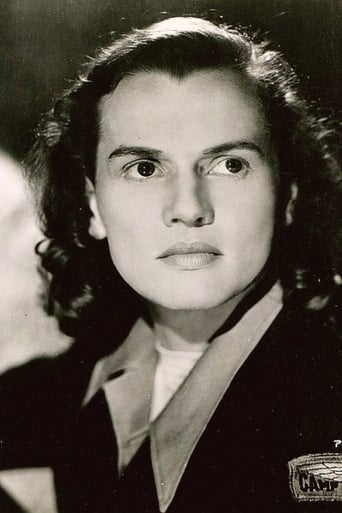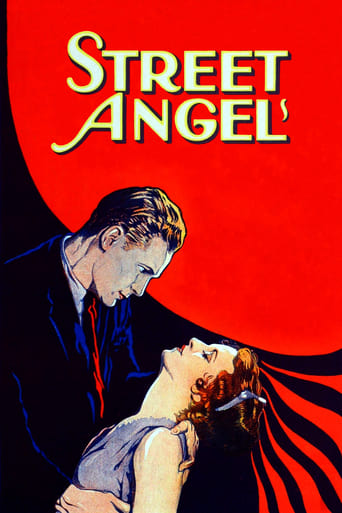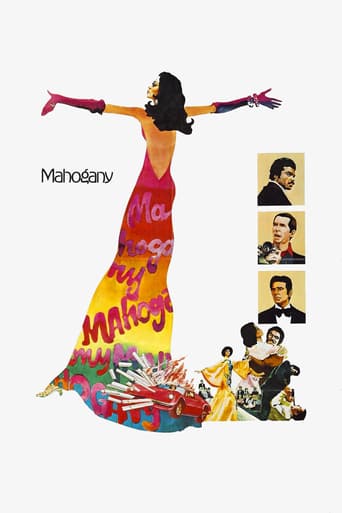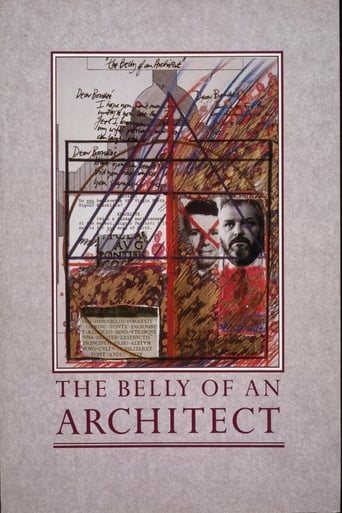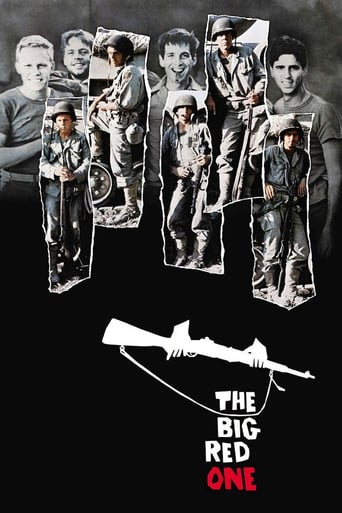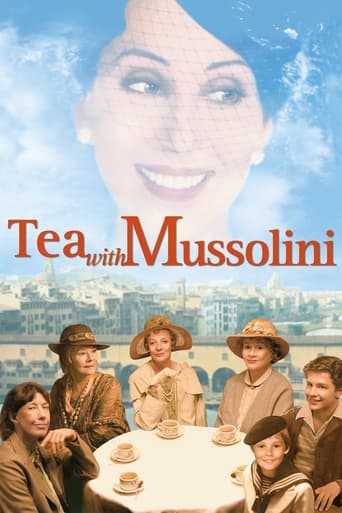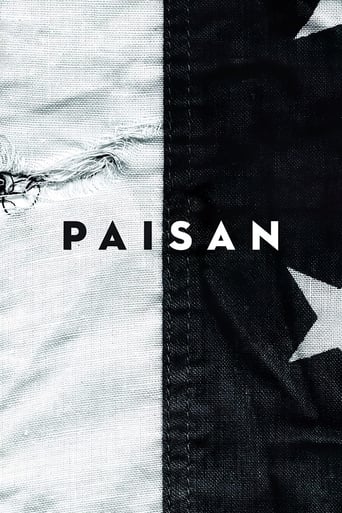
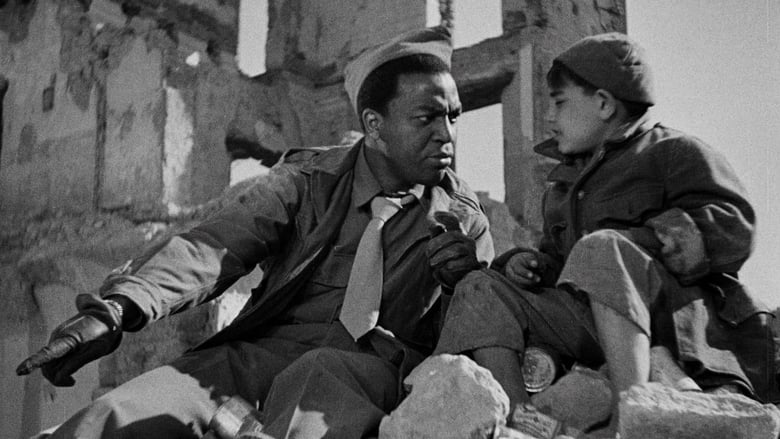
Paisan (1946)
Six vignettes follow the Allied invasion from July 1943 to winter 1944, from Sicily north to Venice.
Watch Trailer
Cast
Similar titles
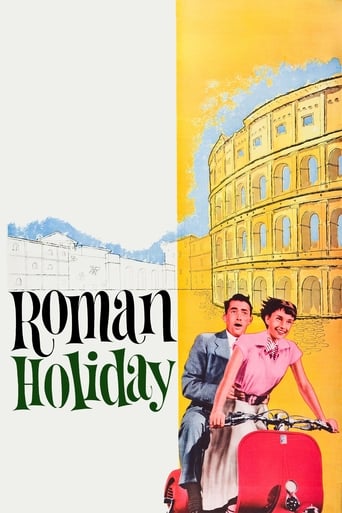
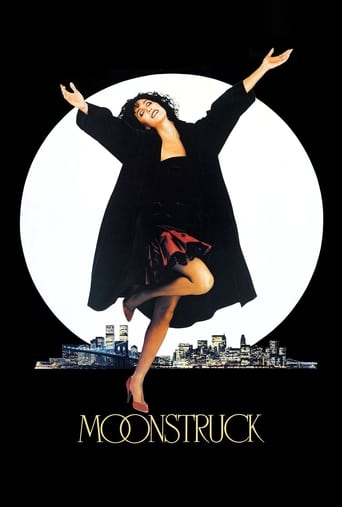
Reviews
Truly Dreadful Film
Bad Acting and worse Bad Screenplay
Clever, believable, and super fun to watch. It totally has replay value.
Good films always raise compelling questions, whether the format is fiction or documentary fact.
"Paisa" is Rossellini's masterpiece, an essential Neo-Realism movie and a major Italian classic. For the anecdote, "paisa" is an informal word meaning "countryman".Although this movie is about Italy's campaign at the end of WWII, it only briefly deals with its important moments: the Allied landing in Sicily, the battle of Monte Cassino, the Gothic line battle. These are just summarised with archive footage between the main scenes. Interestingly, it does not even mention other critical moments: the downfall of Mussolini, his escape, his brief so-called "republic", his final downfall and execution, the invasion of Italy by the German army, the deportation of Jews, etc. This because the movie shows war at human level: how war and its aftermath impacts people's lives and values; also, it revolves around the relationship between Italians and Americans. It is not a "war movie" in the generally accepted sense, but rather "humane stories during war".*** WARNING: CONTAINS SPOILERS ***To illustrate different aspects, it shows six scenes as the Allies progress north through Italy's landmarks. Three scenes occur during the battles (1, 4, 6) and three afterwards (2, 3, 5). Remarkably, the movie avoids the pitfall of many "vignette movies", namely the sensation of watching different shorts instead of a full-length picture: "Paisa" maintains a thematic and aesthetic unity throughout. At the same time, each scene has its own specific interest, which enhances the unique character of the movie.Aesthetically, it combines documentary and fictional styles, in a ground-breaking manner for the period. Every scene begins with archive footage: when fiction starts, it seems a continuation of archives. Also, as in a documentary, shooting is sober, stories are simple, themes are realistic. However, Rossellini introduces at carefully chosen moments fictional elements to enhance the dramatic impact of each scene: music, lighting, offbeat humour, surprising actions. The latter notably include: the Italian girl turns against the Germans (1); the GI first does not recognise the boy who stole his shoes (2); the GI does not recognise the woman he fell in love with six months before (3); a woman and a wounded man manage to pass the fighting line (4); the entire scene in the monastery feels out of this world (5); a small group of partisans resist the German army (6).Humour is another key element. It is tricky to introduce humour in a war movie, but Rossellini succeeds in order to avoid an altogether too tragic tone. The entire scene in the monastery (5) is humorous, which is acceptable because at that stage the war in the region is over and the monks do not have to face too tragic consequences, as opposed to the scenes in Naples (2) and Rome (3). The tone is satirical (the monks are nervous because a Jew and a Protestant are within their walls), but at the same time we understand how they feel. Another hilarious part, albeit much shorter, is the incredible dialogue between British officers (4): they are looking at the fighting from far away and talk in a phlegmatic manner as if the war did not exist. This humour partly balances the overall tragic tone of the movie: killings, poverty, cruelty. Tones are hence balanced between dark (1, 6), light (5), or both (2, 3, 4). Irony, this dark form of humour, is constant: the GIs think the girl shot their companion, while she tried to avenge him (1); the GI cannot get his shoes back (2); the GI thinks the woman he fell in love with is just another prostitute (3); the nurse crosses the line to find a man who is actually dead (4); the monks are tolerant up to a point (5). Irony in the last scene is subtler. Many scenes contain a touching speech by an American: the GI tries to talk to the Italian girl (1); the GI dreams of glory (2); the GI regrets the good spirits during liberation (3); the chaplain confesses he found peace of mind (5). However, the only speech in the last scene is the dreadful propaganda from the German officer about destruction and new order. This is highly ironic: it opposes the previous humane speeches; also, it was obvious in winter 1944 that Germany had lost the war and Nazism was utter barbarity.On top of death and destruction, war brings moral decay. People know what they are doing is wrong, but they have no choice: the GIs force the girl to help them (1); "Don't sleep else I will steal your shoes", the orphan warns the GI (2); the prostitute regrets the time when she was respectable (3); by crossing the fighting line, the man looking for his family gets a partisan shot (4); by asking for food in a house, the partisans expose its inhabitants to severe revenge from the Germans (6). Because deep down, people are decent and try to help each other: the girl turns against the Germans because she was touched by the GI trying to talk to her (1); the GI pities the orphan's misery (2); the usherette allows the prostitute inside without paying to escape the police (3); the partisans let the two civilians pass despite the risks for their cause (4); the peasants feed the partisans despite the risks (6). Hence the movie is mostly tragic with an optimistic message: after the war, hopefully a better world will emerge based on people's humanity that was temporarily crushed. Italians collaborators and German Nazis are seldom shown: they belong to the past. Symbolically, communication progressively improves between Italians and Allies during the movie: from impossible conversation (1, 2) to limited dialogue (3), to eventually efficient coordination (4, 5, 6). The last shot simply but beautifully illustrates hope: after a dramatic close-up on partisans thrown into the water, the camera moves up towards the horizon and the voice that previously described fierce battles announces the war will soon be over.
It's six vignettes of the Allied invasion of Italy. There is humor, romance, poignancy, drama and most of all there is tragedy. Together the six stories stitch together a mosaic that is hopefully as enduring as one of the great artwork of history.An American recon squad enters a Sicilian village. One of them comes from a Sicilian background. Local girl Carmela guides them past German mines taking shelter in an old ruin. Joe stays with Carmela as the rest of the squad explores and they are surprised by a small squad of Germans. Carmela Sazio is very stiff as an actress. She's an amateur and there's value in that. However her character has a lot of emoting to do and she has trouble doing it.A group of street performing kids in Naples find drunken negro soldier Joe. Pasquale takes him around and they have an adventure. The poor kid steals from him. He turns out to be an MP and later he finds Pasquale. He is angry and drags Pasquale back home. The poverty of his home convinces Joe to leave him the boots. The kids are terrific and in this case, it's unlikely to get better actor than this amateur kid.In a liberated Rome, American GI Fred spends the night with prostitute Francesca. He has been searching for a woman he met 6 months ago and she realizes that she's actually that woman. This is a great story but I'm not sure it's set up right. It would be great to see them 6 months earlier.Half of Florence is liberated. All but one bridge has been blown and the partisans are struggling against the Germans. American nurse Harriet is desperate to get across to find her love. She is joined by Massimo looking for his family. The location shoot of them sneaking around an abandoned Florence is amazing.A monastery escapes damage from the war and is visited by three American chaplains. Catholic Captain Bill Martin translates but the monks are shocked to find the other two are a Protestant and a Jew. The monks intent on converting the two disbelievers.It's the closing stage of the war in Europe, American OSS and Italian partisans are struggling behind German lines in the Po delta. Supplies are dwindling and the fight is deadly. They rescue two downed British airmen. They are ambushed and captured. This is the most brutal of the stories and it ends the movie with its most brutal scenes.
Robert Rossellini series of short stories will have you at the edge of your seat. From romance to action, each story vividly portrays the Italian Neo-realist style. Paisan touches base on documentary, society and politics. I think that Rossellini did great job at hiring non- professional actors in order to incorporate them within the backdrop of the scenes. The storyline was also very detailed and made it seem like it was more of a documentary than an actual fictional film. The movie had me guessing at some points which kept me interested throughout the film. I noticed that Rossellini left room for us to fill in the story, letting us take on our own interpretation on things. For example, in each of the stories we don't really know much about the protagonist and I found myself creating their backgrounds in my mind. He did a wonderful job at inspiring emotion whether it be positive or negative. I have to admit that before I watched this film in class I was a bit skeptical. I definitely think that it portrays great characteristics of of neo- realism. One of the scenes that I thought was really interesting was when the baby is alone with no one to comfort or take care of him/her. It made me extremely sad but did a great job at illustrating the nature of war. He did a great job at illustrating Italy during World War II. I thought he provided several elements for us to choose from, giving us something to relate to and become emotionally attached to. Rossellini did a fantastic job at creating and directing a film that seemed extremely real. He blurred the lines between documentary and fiction beautifully. Now I see why he was very respected for his films.
Paisa is an important and well-known postwar Italian neorealist film. Is made up of six vignettes that are about the Allied invasion from July 1943 until the winter of 1944. They focus on the relationships between the freed Italian people and the Americans as their liberators. They begin in Sicily and end in Venice. A group of soldiers need an escort through the minefield terrain because they are not familiar. A woman offers to lead them, but ends up dying trying to protect one of the soldiers, but the Yanks think that she killed him. Then, a orphan boy steals the shoes from a soldier. The soldier becomes angry and follows the boy back to his town. In another story, a soldier meets a lady during the time where Rome was being liberated. She ends up being a prostitute. The United States nurse decides to chase her lover during the middle of the war, and there is much miscommunication between the characters. In the next one, there is a long and rather humorous discussion between a Catholic, Protestant, Jew, and a group of monks. The film ends with a lengthy and violent battle in the Po Valley with the OSS and a band of Germans who will not surrender. Each story in this film supports a different theme, tone, and set of characters. While regular movies are constricted to one or two themes, Paisa is not limited to this because of the fact that there are six stories. This allows for much more creative license to display different positive and negative aspects of this war. There are some historical facts within this film which allows it to not only be considered a creative masterpiece, but be applauded for its historical document.
